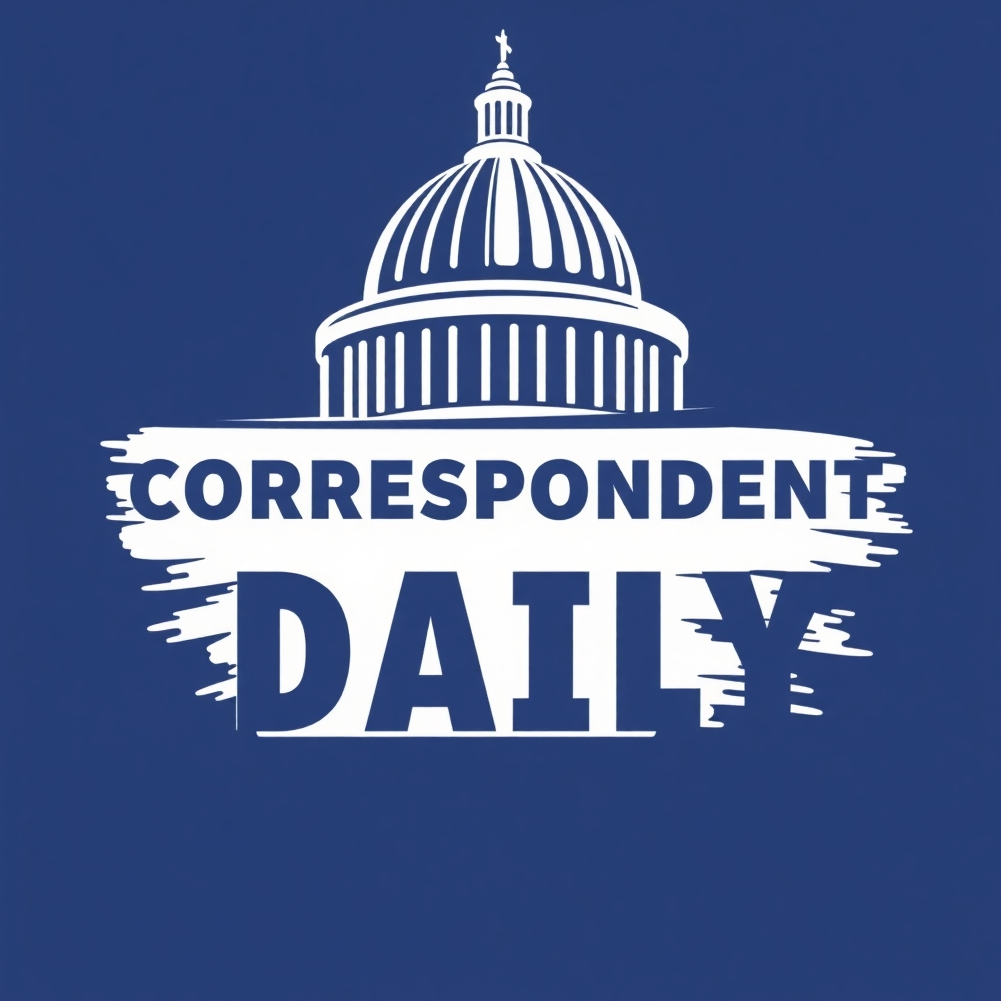
Trump's Bold Move: A New Era for US-EU Trade Relations
On July 27, 2025, at his Turnberry golf course in Scotland, U.S. President Donald Trump unveiled a significant trade agreement with the European Union (EU) that promises to reshape the economic dynamics between the two colossal markets. This agreement proposes a significant reduction in tariffs, setting a flat cargo fee of 15% on products imported from Europe while eliminating tariffs on American exports to the EU. This strategic negotiation positions the Trump administration to potentially boost U.S. exports and stir fresh economic opportunities for American businesses.
Understanding the Trade Agreement: Key Features and Implications
The trade pact, though lacking intricate details from the White House at the time of the announcement, signals an optimistic shift in U.S.-EU relations which have been fraught with tension in previous years. By slashing tariffs on EU imports, U.S. consumers can expect more competitively priced products at their fingertips, potentially enhancing the shopping experience. Simultaneously, U.S. manufacturers and producers will enjoy greater access to a market that has often been seen as challenging, thanks to the removal of tariffs on exports.
The Historical Context: Trade Wars and Diplomacy
This agreement emerges from a backdrop of previous trade conflicts that characterized Trump's initial years in office. The U.S. and EU had been locked in a trade war, with escalating tariffs on various goods complicating relationships and impacting businesses across the Atlantic. By establishing a mutually beneficial agreement now, Trump appears focused on reversing the trend of isolationism and reaffirming the U.S. commitment to maintaining global trade relations, which can be seen as a direct response to the lessons learned from those earlier disputes.
Parallel Example: The US-China Trade Relationship
To understand these dynamics fully, consider the ongoing trade relationship with China. While the U.S. and China have struggled to find common ground, marked by retaliatory tariffs and accusations of unfair practices, the burgeoning U.S.-EU agreement could set a stark contrast on how the U.S. approaches international trade diplomacy. Where the U.S.-China relationship has been characterized by conflict, the U.S.-EU approach may illustrate a deliberate pivot towards cooperation and mutual benefit.
Future Predictions: Can This Agreement Revitalize Economies?
Analysts are cautiously optimistic about the long-term benefits of the Trump-EU agreement. This deal could invigorate economies on both sides of the Atlantic and potentially increase foreign investments. As businesses adjust to reduced tariffs, some industries are positioned to experience accelerated growth. For instance, sectors such as technology and agriculture could see enhanced trade flows, fostering innovation and creating jobs that may have been stifled by previous tariff regimes.
Addressing Counterarguments: Economic Risks and Challenges
However, it's essential to acknowledge the challenges that come alongside these agreements. Economic experts warn of potential backlash from workers and industries that might feel threatened by increased competition at home. The immediate effects of tariff reductions may not be felt uniformly across all sectors, with some businesses potentially struggling to compete against the influx of European goods. Thus, the government may need to implement transitional support measures to help these sectors adapt effectively.
The Global Context: Trends Shaping International Trade
In addition, this agreement unfolds against various global trade trends, including increasing protectionism in several corners of the world. The EU and U.S. cooperation may set a precedence, encouraging other nations to pursue similar paths to foster trade relationships. This agreement could potentially serve as a model for future trade negotiations reflecting a paradigm shift from contentious approaches to collaborative partnerships.
A Call to Action: How Citizens Can Engage
As the U.S. and EU move forward with this trade agreement, it's vital for citizens and business owners to remain informed and engaged with these developments. Understanding how these changes affect employment, consumer pricing, and broader economic trends empowers individuals and businesses alike to navigate the implications effectively. Staying updated will allow them to capitalize on potential opportunities arising from international trade adjustments.
 Add Row
Add Row  Add
Add 




Write A Comment